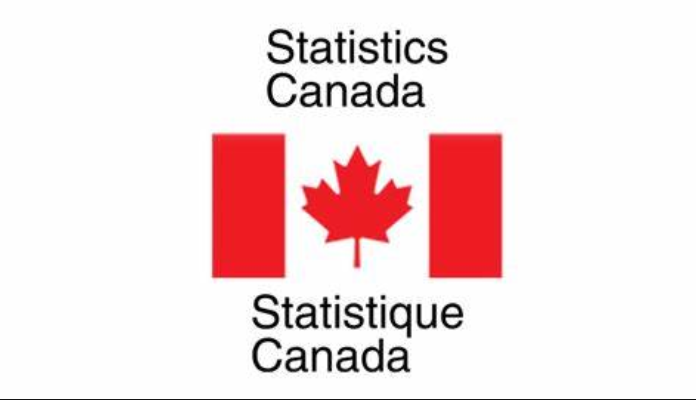Household debt-to-income ratio lower in Q3: StatCan
Statistics Canada says the amount Canadians owe relative to their income edged lower in the third quarter, but the cost of servicing that debt relative to income climbed.
The agency says household credit market debt as a proportion of household disposable income in the third quarter fell to 181.6 per cent, on a seasonally adjusted basis, down from 181.9 per cent in the second quarter.
In other words, it says Canadians owed $1.82 in credit market debt for every dollar of household disposable income in the third quarter.
The result came as household disposable income rose 1.0 per cent, while credit market debt gained 0.8 per cent.
The agency said household net worth shrank 1.8 per cent to $16.2 trillion, dragged down by weaker financial and housing markets.
Statistics Canada said the value of real estate fell after two consecutive quarters of recovery while foreign and domestic equity markets softened — the S&P/TSX Composite Index fell by three per cent.
Maria Solovieva, an economist with TD Bank, says the financial weather turned stormy in the third quarter.
“The effect was amplified when we adjust for inflation and population growth: real wealth per capita was 5 per cent lower for the quarter,” said Solovieva.
“Although stocks bounced back since then, this rebound might still get dampened by a further pullback in Canadian home prices, on track to decline more than 3 per cent in Q4.”
Meanwhile, the household debt service ratio, measured as total obligated payments of principal and interest on credit market debt as a proportion of household disposable income, was 15.22 per cent in the third quarter, up from 15.08 per cent in the second quarter, as debt payments grew faster than income.
The cost of borrowing has risen since the Bank of Canada started hiking its benchmark rate in an effort to bring inflation back to its target of two per cent.
Carrie Freestone, an RBC economist, said the household debt service ratio is already at record levels and will move higher as debt payments continue to rise alongside “wobbly” looking labour markets.
Freestone estimated further interest rate hikes from the Bank of Canada have become increasingly unlikely.
“The Canadian economy has already contracted for five straight quarters on a per-capita basis with consumer spending softening,” she said.
“We look for a pivot to gradual rate cuts by mid-next year.”
This article was first reported by The Canadian Press
The Canadian Press. All rights reserved.
















